
6. Total eclipse begins:

When the last of the moon enters the umbra, the total eclipse begins. How the moon will appear during totality is not known. Sometimes the fully eclipsed moon is such a dark gray-black that it nearly vanishes from view. But it can also glow a bright orange. The reason the moon can be seen at all when totally eclipsed is that sunlight is scattered and refracted around the edge of Earth by our atmosphere. To an astronaut standing on the moon during totality, the sun would be hidden behind a dark Earth outlined by a brilliant red ring consisting of all the world’s sunrises and sunsets. The brightness of this ring around Earth depends on global weather conditions and the amount of dust suspended in the air. A clear atmosphere on Earth means a bright lunar eclipse. If a major volcanic eruption has injected particles into the stratosphere during a previous couple of years, the eclipse is very dark.
7. Middle of totality:
The moon is now shining anywhere from 10,000 to 100,000 times fainter than it was just a couple of hours ago. Since the moon is moving to the south of the center of Earth’s umbra, the gradation of color and brightness across the moon’s disk should be such that its upper portion should appear darkest, with hues of deep copper or chocolate brown. Meanwhile, its lower portion — that part of the moon closest to the outer edge of the umbra — should appear brightest, with hues of reds, oranges and even perhaps a soft bluish-white.
Observers away from bright city lights will notice a much greater number of stars than were visible before the eclipse began. The moon will be in the dim constellation of Cancer, the Crab, and positioned almost midway between the backward question-mark pattern of stars known as the Sickle of Leo well to its east (upper left) and the “twin stars,” Pollux and Castor of Gemini well to the west (the moon’s lower right). The darkness of the sky is impressive. The surrounding landscape has taken on a somber hue. Before the eclipse, the full moon looked flat and one-dimensional. During totality, however, it will look smaller and three-dimensional — like some weirdly illuminated ball suspended in space.
Before the moon entered Earth’s shadow, the temperature on its sunlit surface hovered at about 266 degrees Fahrenheit (130 degrees Celsius). Since the moon lacks an atmosphere, there is no way this heat could be prevented from escaping into space as the shadow sweeps by. Now, in shadow, the temperature on the moon has dropped to minus 146 degrees F (minus 99 C); a drop of 412 degrees F, or 229 degrees C, in less than 150 minutes!
8. Total eclipse ends:
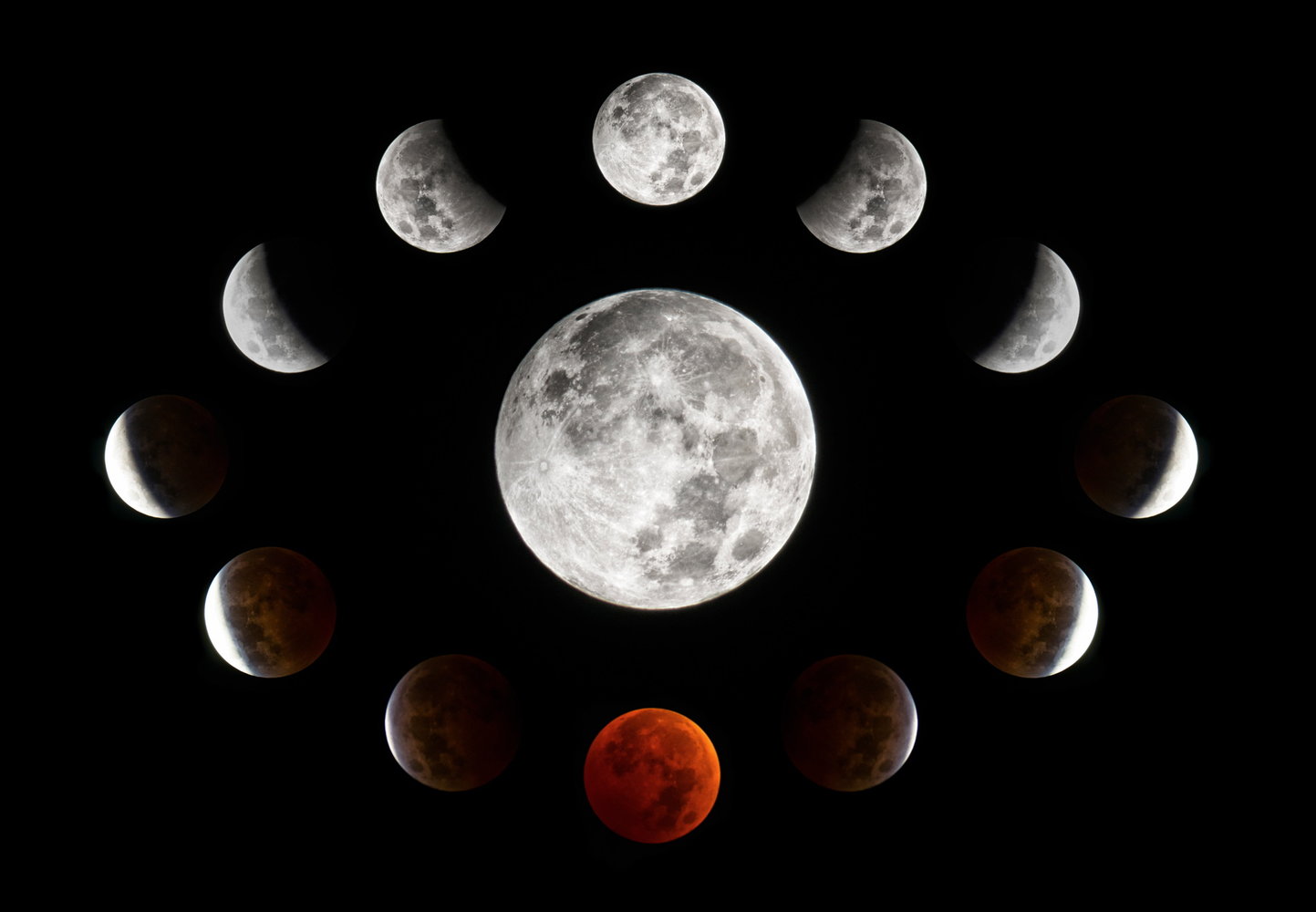
The emergence of the moon from the umbral shadow begins. The first small segment of the moon begins to reappear, followed again for the next several minutes by the Japanese Lantern Effect.
9. 75 percent coverage:
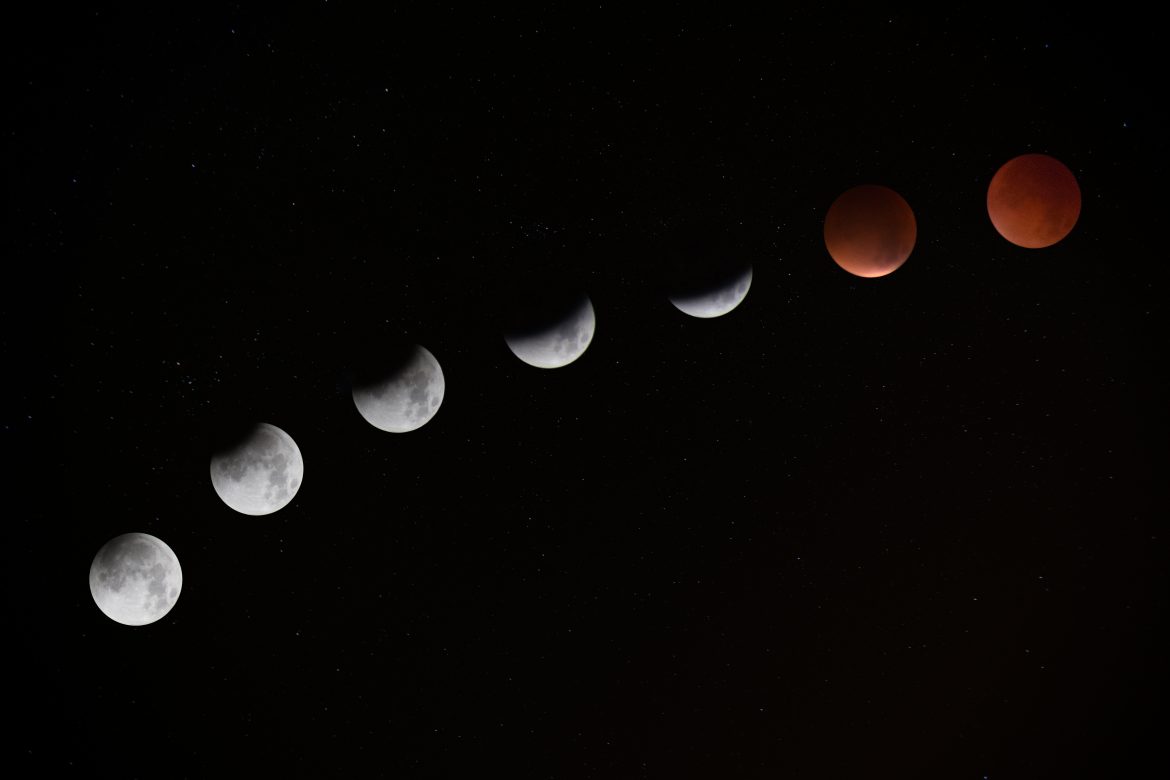
Any vestiges of coloration within the umbra should be disappearing now. From here on, as the dark shadow methodically creeps off the moon’s disk, it should appear black and featureless.
10. Moon leaves umbra:
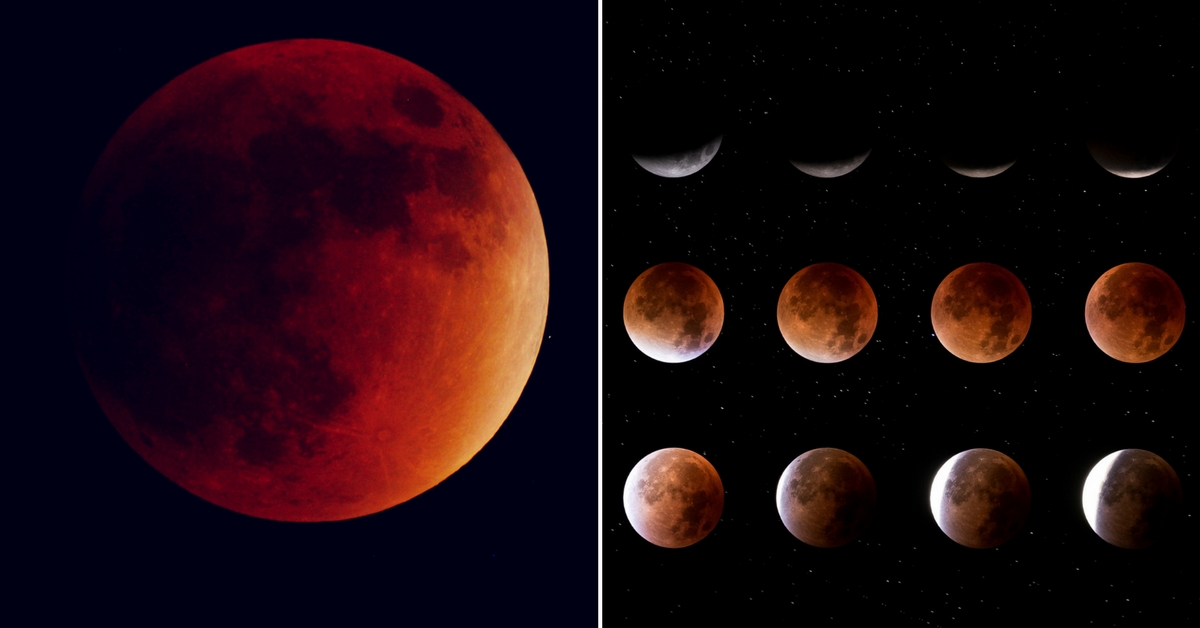
The dark central shadow clears the moon’s right-hand (western) limb.
11. Penumbra shadow fades away:
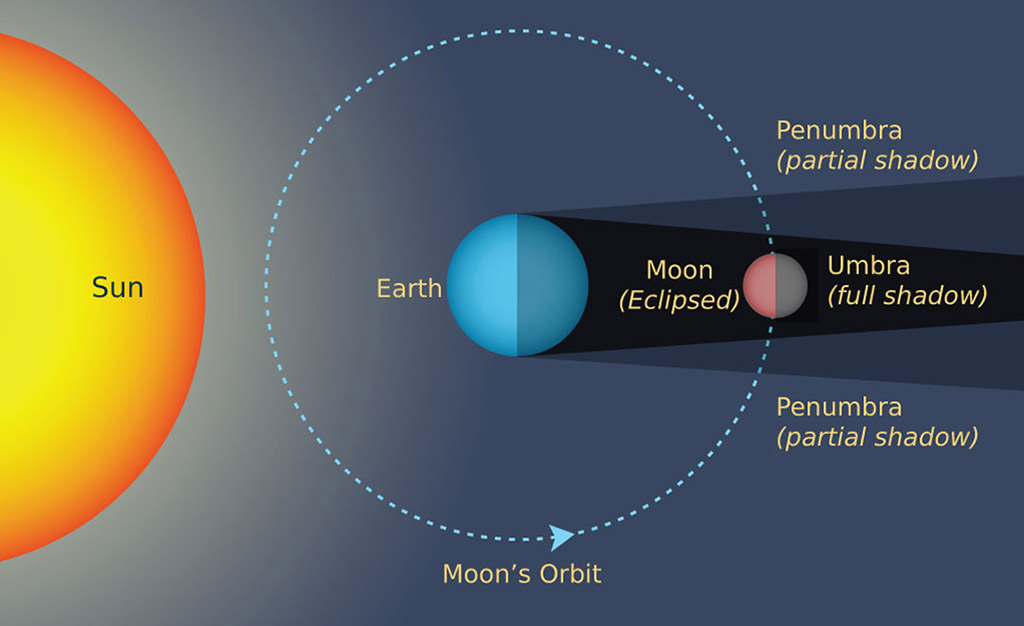
As the last, faint shading vanishes off the moon’s right portion, the visual signs of the eclipse come to an end.
12. Moon leaves penumbra:
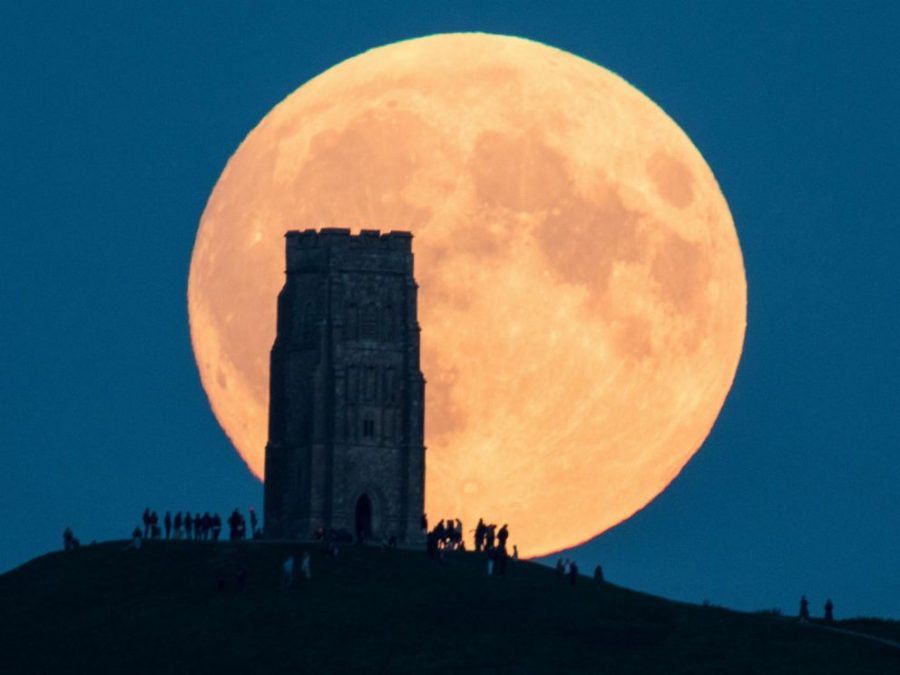
The eclipse “officially” ends, as it is completely free of the penumbral shadow.
Watch the below video:
Credits: space.com
